Flow Coefficient Kv
Definition Kv-value: Amount of flow (m3/hour) of water of 20°C in a valve with a pressure loss of 1 bar.
The amount of flow of a fluid through a (solenoid) valve can easily be calculated with flow coefficient Kv. Please note that for gases (e.g. air) a different formula is used (see correction factor gases below).
The Kv-value expresses the flow rate of water in m3/hour in a valve with a pressure loss of 1 bar and a temperature of 20°C. Pay attention that the Kv-value is expressed in m3/hour, while the kv-value (lowercase!) is expressed in l/min.
To calculate the flow rate the following formula is used:
![]()
where:
- Q = flow rate of liquid (m3/hour)
- Kv = flow coefficient (m3/hour)
- SG = Specific Gravity (=1 for water)
- dp = pressure differential over the valve (bar)
The Kv-value of a valve is determined by a standardized test according to VDI/VDE 2173. For this purpose a test set-up is used, such as shown in the following schematic drawing:
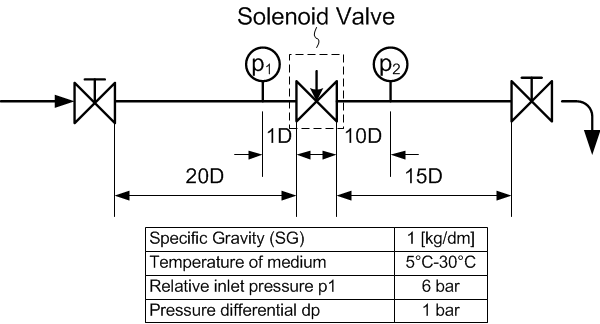
Cv & Kv Relation :
Sometimes, the Cv value is given instead of the Kv value. The Cv value can be converted to the Kv-value with a conversion factor:
-
Cv = 1.16 Kv
-
Kv = 0.853 Cv
The diagram below is a nice tool to simplify the conversion between the different coefficients. The conversion factor between two coefficients is indicated with arrows.
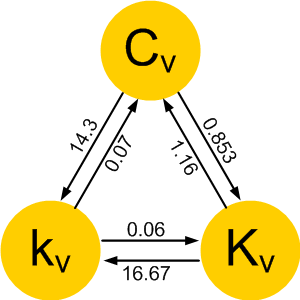
Kv (with a capital K) expresses the flow rate in m3/hour, kv (lowercase) in l/min.
Valves In Parallel:
If several valves are connected in parallel, the Kv value can be determined simply by adding up all Kv values.
Correction Factor For Gases
When using gases, a different formula for the flow rate should be used. Also, a distinction between subsonic and supersonic flows is made. “Qn” indicates that the formula is valid for standard conditions (20°C).
The flow rate is expressed in Nm3/h (Normal cubic metre per hour).

Where:
- dP = pressure loss (bar)
- Kv = flow coefficient (m3/hour)
- p1 and p2 are respectively the absolute inlet and outlet pressure (bar)
- ? = specific gravity at standard conditions (20°C) in kg/m3
- T = absolute temperature in Kelvin (0K = -273.15°C)
Example
Consider a circuit with a solenoid valve with an inlet pressure (water) of 5 bars. The required flow rate is at least 5 litres per minute. The maximum allowed pressure loss is 1 bar, therefore the outlet pressure is minimally 4 bars. What is the minimum required Kv-value?
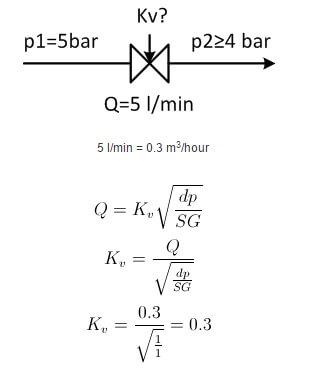
The Kv-value must be at least 0.3.
Also Read: Control Valve Cv Calculation

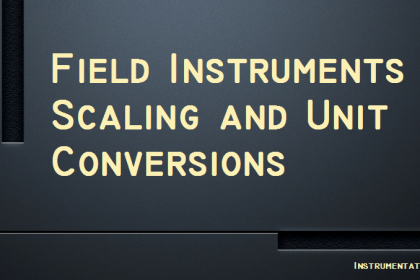
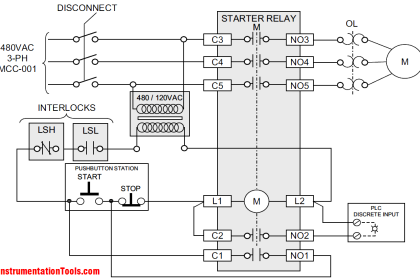
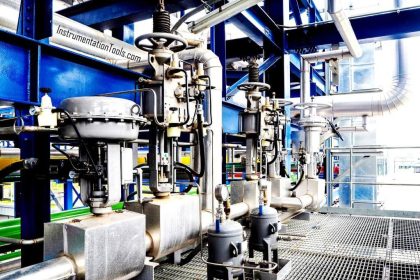

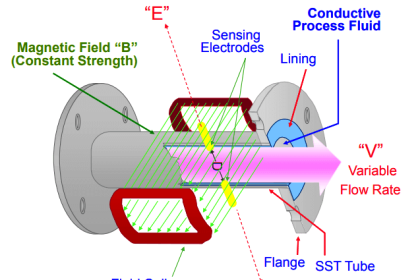
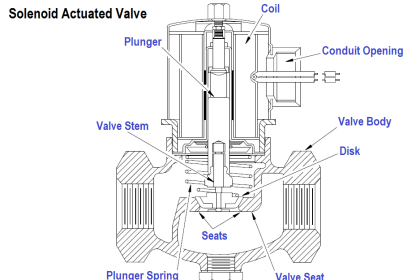
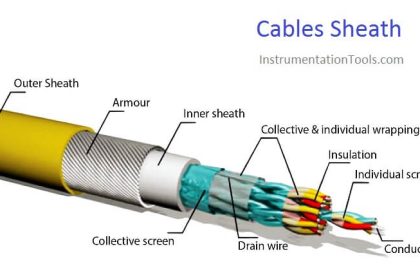
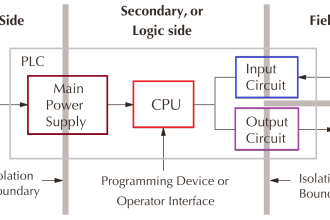
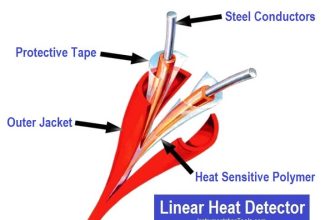
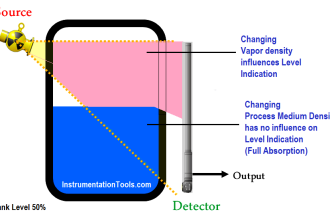
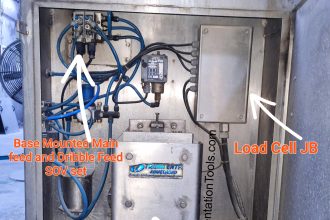
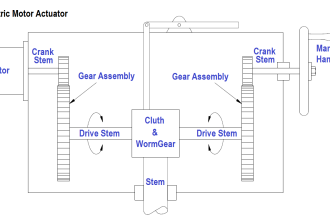


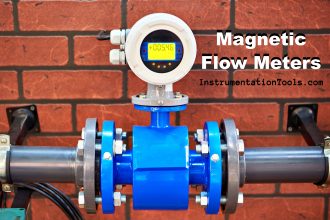

How we need to calculate Size and percentage of opening of valve? is there any cv table for solinoid valve